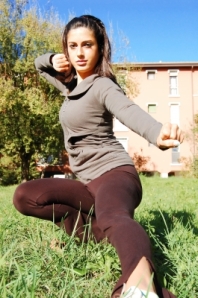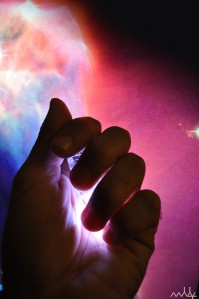
This great image is by graur codrin. I found it on freedigitalphotos.net. click the picture for more fantastic work by this artist.
I break my writing education into two pieces: before the beta read and after the beta read. I’ve been writing forever. Usually my stories were what I fondly call “soap opera style”. Characters do shocking things with shocking results, and then they do more shocking things with even more shocking results. This goes on until I can’t dream up anything new or I’m sick of the story. A manuscript like this isn’t designed to end…thus the soap opera analogy.
Then, one day I picked up one of these rambling stories, saw a potential ending and wrote with that in mind. Inside of two months, I had a finished manuscript.
At this point, I felt like I had a fairly good vocabulary. My grammar was usually good. I had some interesting ideas and images. I didn’t really know what else a writer needed. So I went to the internet and found that I was supposed to get a reader. Or a whole bunch of them. Preferably, someone who had a writing background. I had one writer friend who offered to read my manuscript and I took him up on it.
The whole experience was one light bulb moment after another.
One of the first lessons that I learned was that the physical movement of the character has to make logical sense. I, like so many other writers, wrote awkward fight scenes because I wasn’t sure how a body would move in this situation. I would lose track of my setting during a chase. Would the antagonist be able to see the protagonist from where he was standing? Does the protagonist need to jump over the box that fell earlier in the scene? I didn’t even ask these questions before my beta read. My scenes lost authenticity because of the lack of detail.
So, how did I rectify this problem?
- I drew pictures. I drew a floor plan of the building where the character was located. And then I drew a diagram of the room. Let me stress this point. I AM NO ARTIST! J.K. Rowling may be able to sketch out a great image of a character but I can’t. Still, laying out the space my characters move through really helped to add authenticity to the scenes.
- Act it out. I’ve already mentioned my sad acting of a scene where my very confused dog stood in for a monster and my best friend played a ten year old boy. Since then, I’ve walked through dozens of scenes making sure that the character is moving in a natural way. That’s double-true for fight scenes.
- I got an artist’s dummy. They have authentic movable joints and you can see if a position you have in your head is feasible for the human body.
- Get some realistic props. Does your character shoot a gun? Try to find a way to shoot a gun. How heavy is it really? What does “kick” really feel like? If you have a chance to drive a car like one your character drive, do it. So much of writing is in the details.
So, what do you do to make sure a scene plays out authentically? Is physicality a weakness in your writing or do you have some other are where you have to go to lengths to achieve realism?








